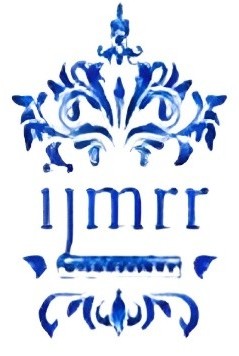ARITHMETIC AND LOGICAL UNIT BY USING REVERSIBLE GATES
Abstract
Given the current state of affairs, reversible logic architecture is all the rage due to the fact that it
requires very little power. It is essential to use reversible logic when building circuits that use less power. Many
different types of reversible gates are used in the process of reversible logic synthesis. These gates include the
Feynman, Fredkin, Toffoli, New, Sayem, and Peres gates, amongst others. The more sophisticated circuits that are
outlined in this article by using a basic reversible gate may be beneficial to a number of different types of circuits,
including combinational circuits, an ALU, and certain sequential circuits. Additionally, a number of basic reversible
gates, including as the TSG gate and the Peres gate, as well as instructions on how to utilise these gates to make
adder circuits, are given. Surprisingly little attention has been paid to fault localisation in reversible circuits, despite
the fact that reversible circuit test generation has been receiving a lot of attention as of late. The primary objective of
this study is to identify and locate imperfections in binary reversible (permutative) circuits. The functional test-based
fault localisation approach is where we are primarily concentrating our efforts. This approach requires the
construction of an adaptive tree in order to recognise and localise "stuck-at" flaws in reversible circuits. A striking
characteristic of reversible circuits is the existence of adaptable trees that function in a "symmetric" fashion. We are
able to generate one half of the tree as a result of this, and then we are able to make the other half of the tree appear
precisely like the first half. This is a great help. It is not very difficult to produce the tree since each test handles half
of the problems [1] and the fault table has a high density of ones. This makes the tree production process quite
straightforward. As a result of this, the problem of fault localisation in reversible circuits is less complicated than it is
in typical irreversible circuits. We provide some preliminary results using a technique that makes use of traditional
adaptive tree approaches. On top of that, we provide a fresh and effective method for constructing adaptive fault
trees on the fly, which eliminates the need of generating fault tables.











